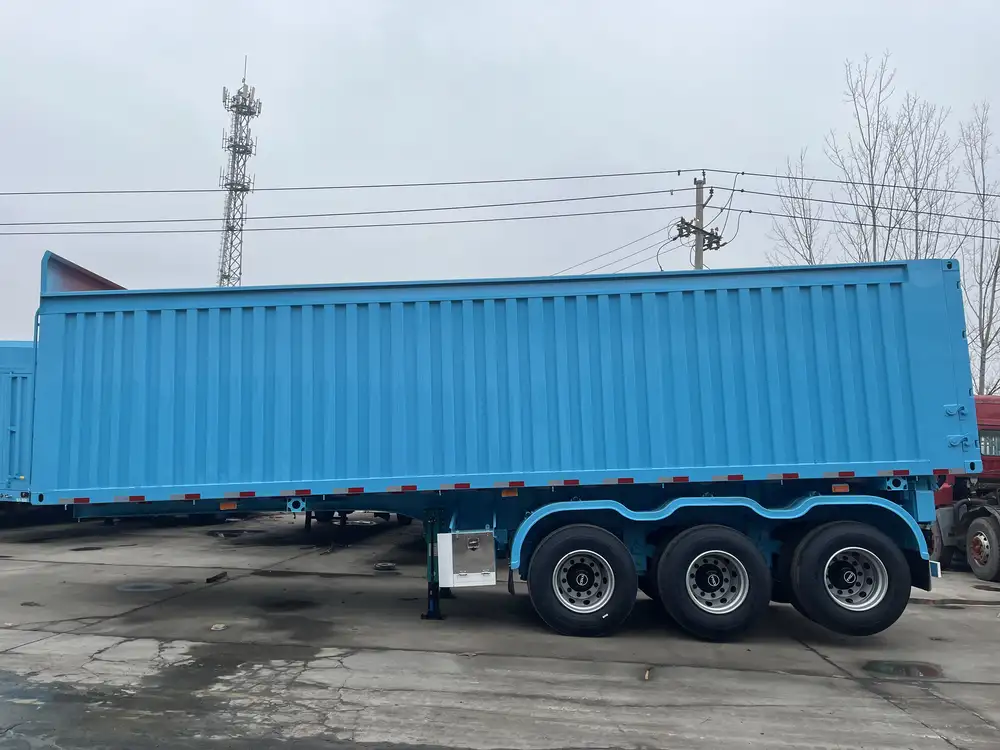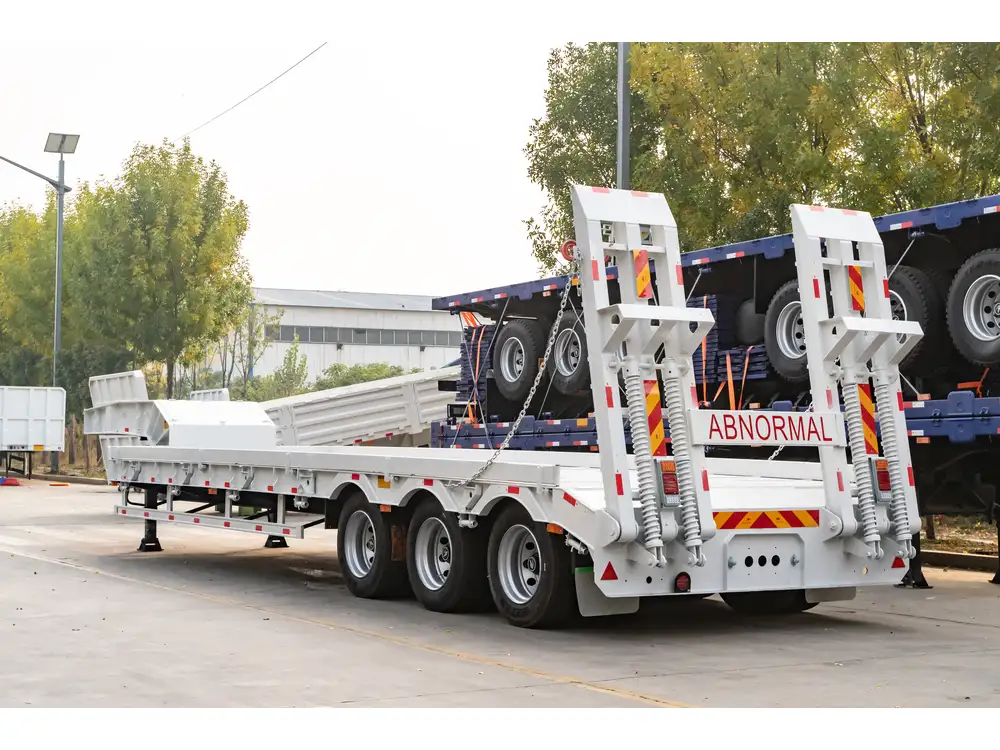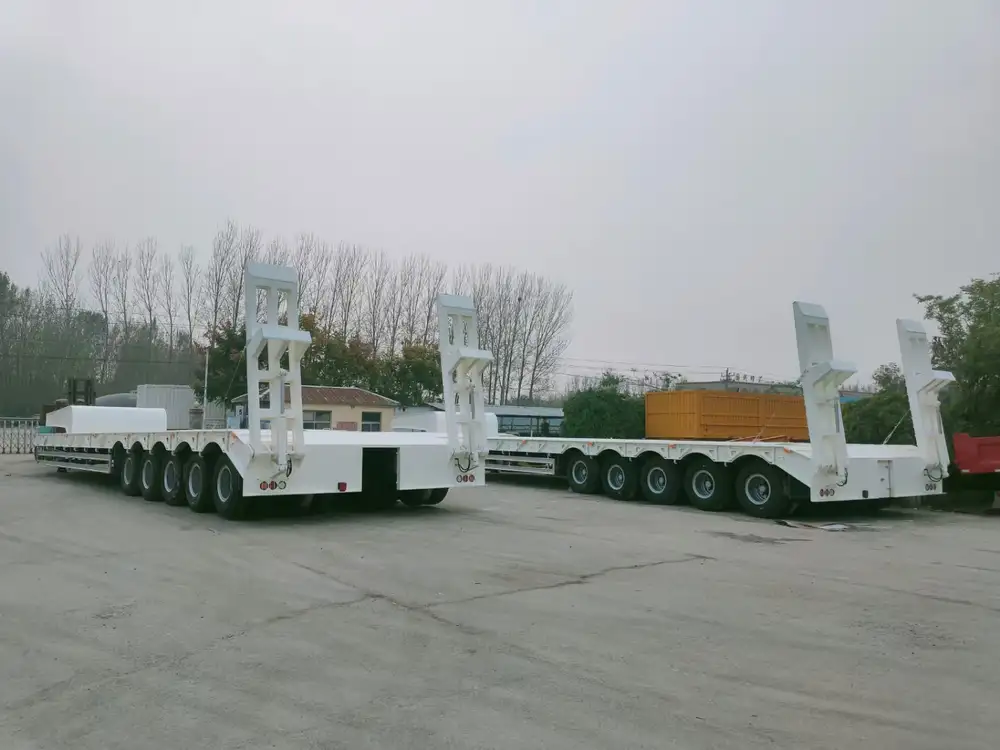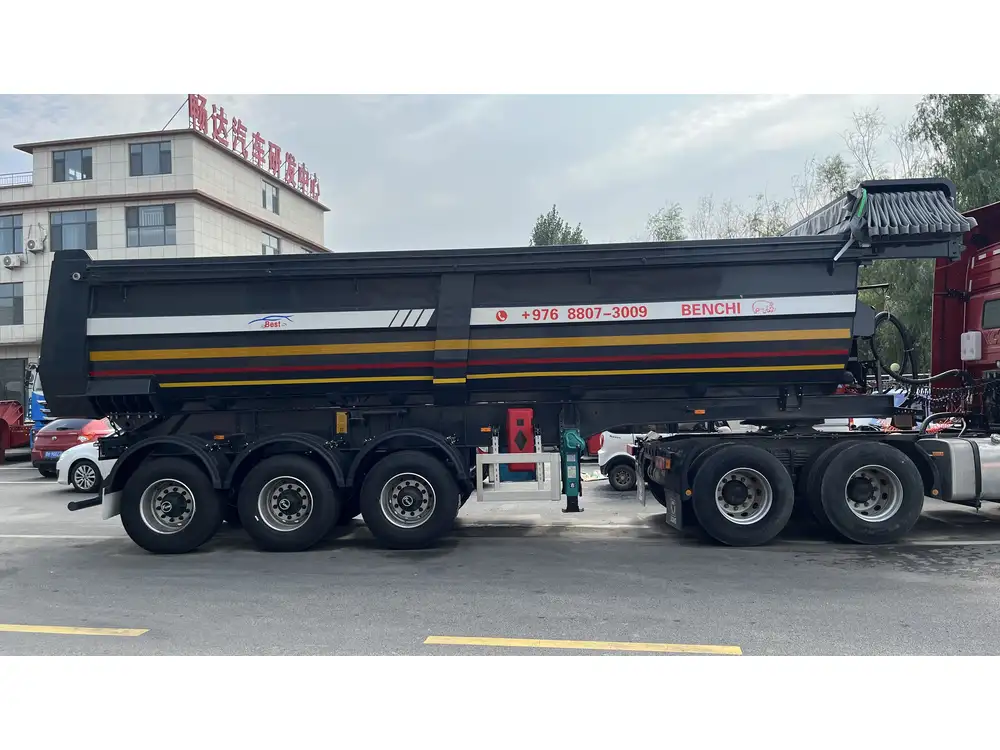When dealing with semi truck trailer lights, you might find yourself faced with the challenge of removing rivets that secure the light fixtures. It’s a common task that truck operators and maintenance personnel encounter. This guide will provide you with detailed, step-by-step instructions on how to effectively and safely remove rivets from your semi truck trailer lights.
Understanding the Basics of Rivets
Rivets are mechanical fasteners that are ubiquitous in construction and automotive applications, including in the assembly of semi trailers. They are typically made from metals such as aluminum or steel and serve to hold two or more parts together.
Types of Rivets Used in Semi Truck Trailers
| Type | Description | Common Uses |
|---|---|---|
| Solid Rivets | Made from a single piece of material, needing special tools for installation and removal. | Permanent attachments in trailers. |
| Blind Rivets | Can be installed in hard-to-reach areas, allows for one-sided installation. | Used in various light fixtures. |
| Pop Rivets | A type of blind rivet, requiring a special tool to install/remove but provide a solid hold. | Often seen in lightweight components. |
Understanding the type of rivet you’re dealing with is crucial as each requires a different approach for removal.

Tools Required for Rivet Removal
Before diving into the rivet removal process, it’s essential to gather the necessary tools. Here’s a standard toolkit for removing rivets from semi truck trailer lights:
| Tool | Purpose |
|---|---|
| Drill | For drilling out the rivet head. |
| Rivet Removal Tool | Specifically designed for removing rivets. |
| Hammer | Used to gently tap out rivets if necessary. |
| Safety Goggles | To protect your eyes from debris. |
| Pliers | For gripping and manipulating rivets. |
| Measuring Tape | To measure the size of new rivets when re-installing. |
Safety Precautions
- Protective Gear: Always wear safety goggles and gloves to protect against metal shavings and other debris.
- Work Area: Ensure your working area is clean and well-lit to avoid accidents.
- Stability: Make sure the semi-trailer is on a stable surface before starting work.
Step-by-Step Guide to Removing Rivets from Semi Truck Trailer Lights
Removing rivets can be tricky. This guide breaks it down into manageable steps to ensure a thorough and efficient process.

Step 1: Assess the Rivet Condition
Before attempting to remove the rivet, examine its condition. Is it rusted, corroded, or damaged? Depending on these factors, you might need a different approach.
Step 2: Prepare the Work Area
Park your semi truck trailer on a flat, stable surface. Ensure that you have all your tools within arm’s reach to increase efficiency during the removal process.
Step 3: Drill Out the Rivet Head
- Select the Correct Drill Bit Size: Choose a drill bit that slightly exceeds the diameter of the rivet to effectively remove the head without damaging surrounding materials.
- Drilling: Position the drill on top of the rivet and apply steady pressure. Drill until the head separates from the body. Be cautious not to drill too deep to avoid damaging surrounding metal.
- Tip: Start with a smaller bit and progressively increase to bigger sizes if necessary.

Step 4: Remove the Rivet Body
Once the head is drilled off, you will see the body of the rivet still anchored in the material. Here’s how to proceed:
- Using Pliers: Grasp the rivet body with pliers and gently pull while twisting. If it doesn’t come out easily, you may need to tap it lightly with a hammer to loosen it.
- If Stuck: Use a penetrating oil to loosen corrosion. Apply it and let it sit for several minutes before attempting to pull the rivet body again.
Step 5: Clean Up the Hole
After the rivet body has been removed, clean the hole. Use a metal file or a drill to smooth any rough edges around the hole to prepare it for new rivet installation or repair as necessary.
Step 6: Inspect for Damage
Check the surrounding area where the rivet was installed for any damage. If the area is compromised, it may need welding or other repairs to ensure that any new components are secure.

Step 7: Replace the Rivet
After addressing any damage, you’re ready to install a new rivet if needed. Select a rivet that matches the original in size and type. Use a rivet tool to install it, ensuring a strong hold.
Troubleshooting Common Rivet Removal Issues
Sometimes, challenges arise during the rivet removal process. Here’s how to handle some of the most common issues.
Issue 1: Rivet Head Won’t Drill Off
- Solution: If the head is stubborn, try using a higher-speed drill or a sharper bit. If all else fails, consider welding a nut onto the head for extra gripping power when trying to twist it off.

Issue 2: Broken Rivet Body
- Solution: If the body of the rivet breaks and is lodged in the hole, use a screw extractor to remove it. Drill a pilot hole in the center of the rivet and then use the extractor tool to twist it out.
Issue 3: Damage to Surrounding Metal
- Solution: If the drill goes too deep, leading to warping or thinning of the metal, consider patching the area with metal filler or consult a professional for proper repair techniques.
Preventative Measures for Future Rivet Removal Challenges
To minimize the need for rivet removal in the future, consider these preventative measures:
- Regular Inspections: Conduct routine checks on your trailer lights and riveted areas to catch potential issues before they escalate.
- Use Quality Materials: Invest in high-quality rivets and installation techniques to reduce the chances of corrosion or damage over time.
- Proper Maintenance: Keep the area around the rivets clean and free from debris, which can cause rust and make future removals more complicated.

Conclusion
Successfully removing rivets from semi truck trailer lights is a valuable skill that aids in the efficient maintenance of your vehicle. By following this comprehensive guide, you’ll be well-equipped to handle rivet removal safely and effectively, ensuring that your trailer lights remain functional and secure. Never hesitate to consult with professionals when in doubt, especially regarding repairs that might compromise safety.
Additional Resources and References
- Manufacturer’s Manuals: Always refer to your manufacturer’s manual for any specific instructions on your semi truck model.
- Online Forums: Engage with fellow truck operators on forums to share tips and tricks.
- Professional Assistance: Don’t hesitate to consider professional help for complicated repairs or maintenance issues.



